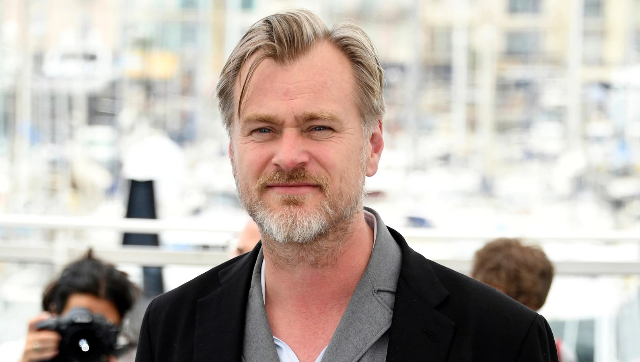Christopher Nolan will certainly go down in the history of filmmaking as one of the greatest filmmakers of this generation. However, avid cinephiles from all over the world, certainly have a bone to pick with him. Nolan, for all intents and purposes, has made us partially deaf, and changed how we consume content, perhaps permanently. Turn the clock back by a decade or so, and you will see, that most of the dialogue spoken by characters was crisp, properly enunciated and sharp - they were perfectly audible, even in the midst of a very busy soundtrack, say, in an action sequence. Subtitles everywhere… Now though, even in a scene that is dead silent and we only have a character or two conversing, more often than not, we need subtitles to understand what the characters are actually saying. Take Nolan’s Batman trilogy as an example. Christian Bale’s voice grows progressively harsh and muddled, and in certain scenes, bleak across the three instalments. Tom Hardy’s dialogues in the final film, The Dark Knight Rises was muddled and often incomprehensible. Dunkirk in comparison was still better, but then, it wasn’t exactly a dialogue-heavy film. Most of the action of the film took place through the background score and the sound effects that were used in the sequences. It’s as if dialogues or at least the sound of them had been reduced to the level of some tertiary character - easily dispensable. Tom Hardy’s dialogues in the film, as limited as they were, were again, almost inaudible. But nothing compares to the travesty that was the sound design of the 2020 film that was the Tenet. There were many scenes where what the main character of a scene was saying was simply inaudible, audiences, filmmakers and critics alike had this major complaint against Nolan, that they missed what the characters were saying over half of the time. So was it because of bad sound mixing and terrible sound engineering? Not likely.
Sound over visual or visual over sound, which one is more important? Ask any first year filmmaking student, or a film appreciation student, and they will say that a filmmaker may compromise on the visual aspect of the film to a certain extent, but compromising on the audio aspect of the film is an egregious sin. So why is it, that in Nolan’s films, do we see that the audio of the dialogues, one of the most important parts of a film’s soundtrack, get so muddled up? The thing is, that Nolan loves the technology that goes behind the making of a film. There’s a reason why, when most filmmakers are turning to RED camera systems that support a wide variety of formats, Nolan insists on shooting on IMAX preferably from ARRI or IMAX themselves.
Similarly, when it comes to sound design, Nolan prefers to engineer the sound design of his films, according to what he calls “good theatres.” In an interview where he was speaking about the artistic choices he makes as a filmmaker, he categorically said that he has decided that he won’t be engineering the sound of his films for substandard theatres. Nolan’s aversion to substandard theatres Normally, when films are made using a good audio standard, like Dolby Atmos, engineers mix sound for the widest possible surround sound system available. Usually, a good Dolby-equipped theatre will have up to 128 channels. Most theatres, however, especially in India don’t support that many channels, only some of the select, premium cinema theatres do. Now most filmmakers take note of this, and often re-engineer their soundtracks to fit into these lesser systems, with fewer channels, which typically have about 7.1 or 5.1 channels. Moreover, people consume most of their content on their mobile devices, and when we say content, we don’t just mean YouTube videos, shorts, or the likes. We now prefer to watch our movies and TV shows on our personal devices as well, more often than not on our tablets, and mobile phones, most of which use stereo sound systems or two channels. Imagine having to place all the sound data that was configured for 128 channels into just two. Obviously, there will be a substantial loss of aural data. Naturalism in performances - the death of enunciation. Then there is the performative aspect of it all as well. Nolan, like most directors, wants their actor’s performances to be as natural as humanly possible and very rarely do we come across people who enunciate as a character would from a film in the 60s and 70s in real life. Dubbing over the original soundtrack is a possibility but that again is a very expensive affair. Not only is there the actor’s fees to deal with, but also that of the mixer, the studio and the sound engineer. In such a scenario, subtitles are the only way to go. Read all the Latest News , Trending News , Cricket News , Bollywood News , India News and Entertainment News here. Follow us on Facebook , Twitter and Instagram .
)